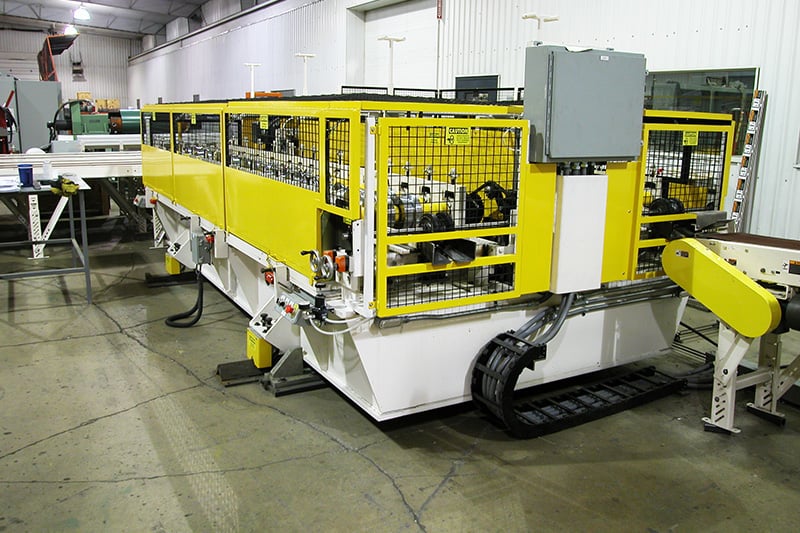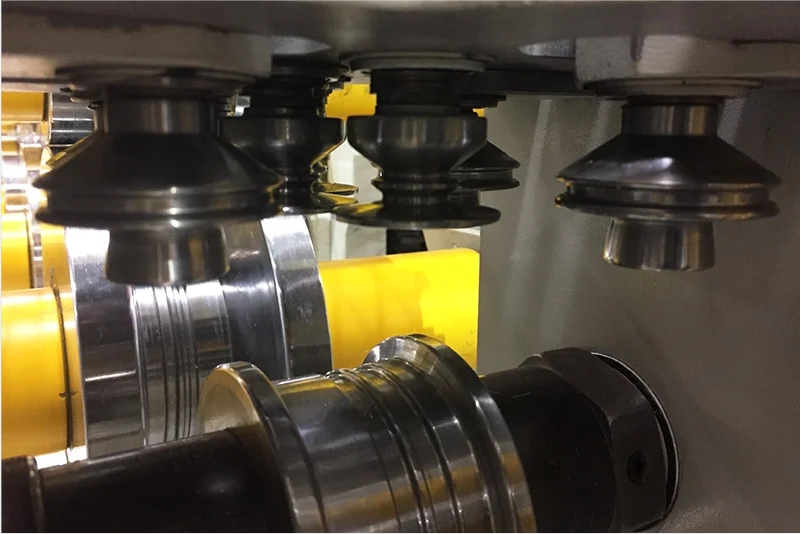Navigation Menu
Contact Us
- Email:
- info@wxavatar.com
- Address:
- Yurong Village, Yuqi Street, Huishan District, Wuxi, China.
Release Date:Jun 26, 2025 Visit:38 Source:Roll Forming Machine Factory
The lighting industry is experiencing a shift toward modular manufacturing systems, driven by the need for greater flexibility, scalability, and efficiency. Modular designs allow manufacturers to adapt quickly to changing product demands, reduce downtime, and streamline production processes. This approach breaks down traditional assembly lines into interchangeable units, enabling faster reconfiguration for different lighting products.

Benefits of Modular Lighting Production
1. Flexibility in Product Design
Modular manufacturing supports diverse lighting configurations, from residential fixtures to industrial luminaires. Production lines can be adjusted without major overhauls, allowing manufacturers to switch between product types with minimal disruption. This adaptability is particularly valuable as lighting technology evolves with new materials and smart integrations.
2. Reduced Downtime and Maintenance
Since modular systems consist of independent units, maintenance or upgrades can be performed on one section without halting entire production lines. This minimizes operational delays and improves overall equipment effectiveness (OEE).
3. Scalability for Market Demands
Manufacturers can expand or reconfigure production capacity by adding or modifying modules rather than investing in entirely new assembly lines. This scalability helps companies respond efficiently to fluctuating market needs.
4. Cost-Effective Customization
Modular setups enable cost-efficient small-batch production, making it easier to offer customized lighting solutions. Businesses can meet niche demands without requiring large-scale retooling, enhancing competitiveness in specialized markets.
Challenges in Adopting Modular Systems
While modular manufacturing offers advantages, implementation requires careful planning. Initial investments in adaptable machinery and workforce training can be significant. Additionally, integrating modular processes with existing supply chains and quality control systems may require adjustments to ensure consistency.
The Role of Automation and Smart Technologies
Modular manufacturing pairs well with automation, where robotic workstations can be reconfigured for different assembly tasks. Smart sensors and IoT-enabled modules provide real-time data for predictive maintenance and process optimization, further enhancing efficiency.
Future Trends in Modular Lighting Production
As Industry 4.0 technologies advance, modular lighting manufacturing is expected to become more intelligent and interconnected. Digital twins—virtual replicas of production systems—will allow manufacturers to simulate changes before physical implementation, reducing trial-and-error costs.

Conclusion
Modular designs present a compelling approach for modern lighting manufacturing, offering flexibility, scalability, and efficiency. While adoption requires strategic investment, the long-term benefits position modular systems as a key trend in the industry’s evolution. Manufacturers embracing this model may gain a competitive edge in meeting dynamic market demands.